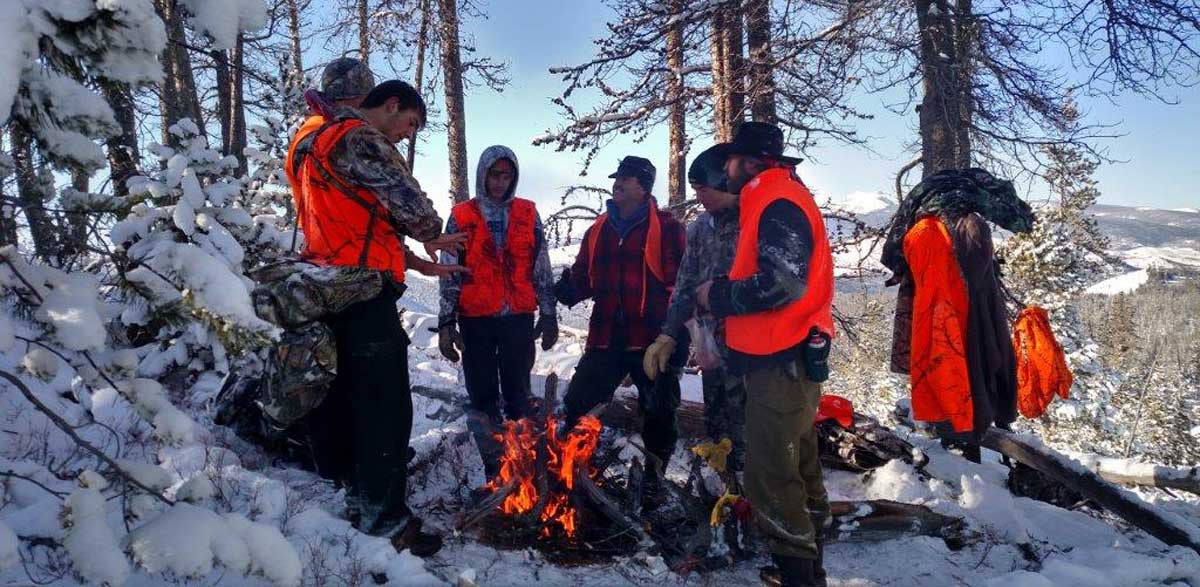Plain and simple, the numbers are trending in the wrong direction—a downward direction. According to data reported by the Wildlife Management Institute and gathered by the Internal Revenue Service and the Tax and Trade Bureau, conservation funding generated by hunters and recreational shooters is down 30 percent from a year ago.
The Wildlife Restoration Fund (also commonly known as the Pittman-Robertson Act) generated $321,069,408 in the combined first and second quarters of the Federal Fiscal Year 2018 compared to $456,901,230 from the first two quarters of FY 2017.
These excise taxes are derived from an 11 percent tax on guns, ammunition and archery supplies and provide much-needed funding for state agencies tasked with managing elk, deer, fish and other wildlife. Additionally, the funds are key to the continued success of the North American Wildlife Conservation Model which calls for wildlife to be managed in a way that their populations will thrive.
The bottom line is that it is more important than ever for those who cherish wildlife and wild landscapes to place more of an emphasis on recruiting, retaining and reactivating hunters. The Rocky Mountain Elk Foundation is on the front lines of the R3 effort to do just that.
Go here for more information.
